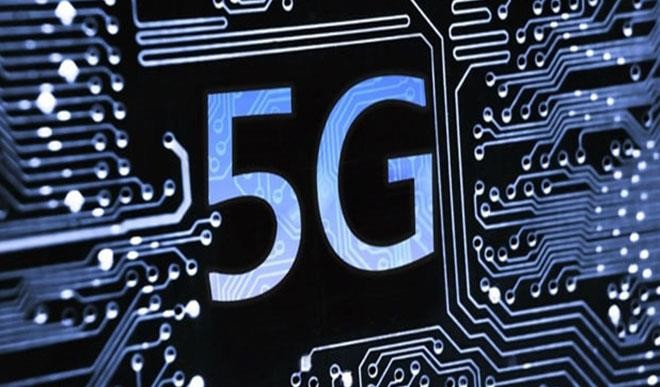
I am pretty sure you’ll agree with me that it’s time for a burst in innovation – or at least some huge incremental enhancements of what we’ve already got. After all, it seems that everyday technology has kind of stagnated since the past couple of years.
Yes, we’ve read about Internet of Things (IoT) and predictive manufacturing, and other great high tech ideas – perhaps from this column in Daily Trust. But they all seem like “blowing smoke,” with little substance to back them up. Yes, it seems nothing really high tech has come our way since Apple’s September 2014 launch of iPhone 6/iPhone 6 Plus. And true to that, we the consumers haven’t bought much of the myriads of devices that the high tech companies have thrown at us lately. Will the fifth generation of wireless network – or 5G – impress us? Let’s dig deeper. For a start, last week, the U.S. FCC paved the way for wireless carriers to deploy 5G.
Any frequent reader of this column probably knows how wireless phone calls work! Say you call someone on your phone. Your voice is converted (by your phone) to electrical signals and transmitted using radio waves to the nearest cell tower. The signals are then successively passed through as many cell towers as necessary, and ultimately to the cell tower that is closest to the intended destination of your message. From there, the message is sent to the receiving phone where the electrical signals are converted back to voice, allowing the person at the other end of the line to hear what you are saying. (Data – photos, videos, etc. – are also sent the same way.)
Obviously, wireless networks have evolved quite a bit, starting from the very first generation of the technology, 1G. What exactly is 5G? Michael Nunez takes us through the evolution of wireless networks in his 24 February 2016 article in gizmodo.com: “The “G” in 5G stands for “generation.” Wireless phone technology technically started with 1G, and in the early 1990s, and it expanded to 2G when companies first started enabling people to send text messages between two cellular devices.”
He continued: “Eventually the world moved on to 3G, which gave people the ability to make phone calls, send text messages, and browse the Internet. 4G enhanced many of the capabilities that were made possible with the third generation of wireless. People could browse the web, send text messages, and make phone calls-and they could even download and upload large video files without any issues. Then companies added LTE, short for “long term evolution,” to 4G connectivity. LTE became the fastest and most consistent variety of 4G, compared to competing technologies like WiMax. The difference between WiMax and LTE is similar to the difference between Blu-Ray and HD DVDs: Both technologies achieved similar outcomes, but it was important to create a standard for everyone to use. LTE did just that, and it made 4G technology even faster. 5G will build on the foundation created by 4G LTE.”
5G is synonymous with phenomenal speeds of Internet access: perhaps 10 – some even say 100 – times the speed of 4G LTE. These speeds are comparable to those associated with fiber optics, giving response times that are less than one-thousandth of a second, which enables real-time communication.
Beyond just having faster Internet access, the need for 5G is exacerbated by today’s reality that it is no longer just your phone and computer that need a mobile Internet connection. With Internet of Things (IOT), virtually any object you can touch – cars, door locks, home appliances, security cameras, wearables, dog collars – is a candidate for connection to the web. With an estimated 20 billion devices that will be connected to the Internet by 2020 – all of which are asking for lightning-fast connection, we surely need all the Internet speed that we can muster.
As eager as you might be, don’t start shopping for a new phone (with 5G capability) just yet, for there are still challenges and many technical and legal kinks to be worked out. This is in spite of the fact that a few American companies have promised to start rolling out experimental 5G services next year. The earliest the 5G technology can be commercially available will probably be 2020. The challenges include the modes of giving out the mixture of spectrum associated with 5G, and dealing with the fact that higher frequency signals don’t travel as far as lower frequencies – suggesting the need to find ways of boosting signals anywhere 5G is offered. We also have to deal with the backhaul connections, among other issues. (Backhaul refers to the links between cell sites, controllers, and mobile switches. Generally, the traffic arriving at a cell site is backhauled to a central location, which is the operator’s mobile switch. The backhaul network uses the following techniques, depending on the traffic: coper cabling, microwaves (radio waves), or fiber optics. I am sure you are reminded of “last mile” here.)

 Join Daily Trust WhatsApp Community For Quick Access To News and Happenings Around You.
Join Daily Trust WhatsApp Community For Quick Access To News and Happenings Around You.



